Away: An interview with animator Gints Zilbalodis
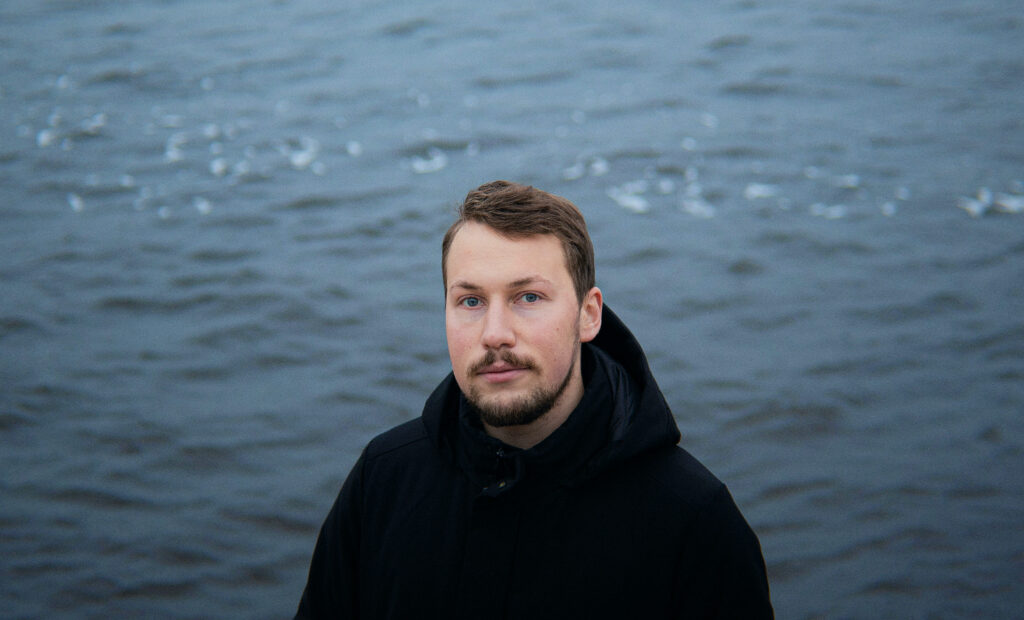
A quiet, sensory marvel, Away was released earlier this month in the UK. Creator Gints Zilbalodis wrote, animated and scored the entirety of the film, exhibiting the heights that simplicity can achieve. Despite its lack of words and dialogue, the feature provides an expansive world full of natural treasures and breath-taking scenery, as seen through the eyes of its protagonist: a young boy with rosy cheeks and a penchant for protecting animals. The Upcoming caught up with Zilbalodis, discussing the behind-the-scenes process of making Away, and what we can expect from this masterful piece of animation.
You’re known for your short films, this is your first feature film. What catalysed the creation of Away, and why specifically this story for your first feature film?
For a long time, I hoped that I someday would have an opportunity to make a feature. I thought that the way to do it is to work in a big studio and slowly prove yourself, and maybe one day you’d get a chance to direct. But after making a few short films independently, I realised that actually – I could create a feature this way too. This way, I have total creative freedom, and I can work in my own unique way. The story was designed around some of the limitations I had. In animation you can create whatever you want, but some things are more difficult and time consuming than others.
You’ve previously said that to make the transition from short to feature easier for you, you’ve split the film into four different chapters. Did the process of creating each of those individual chapters change drastically in between?
Yes, splitting the film into four chapters was easier for me, not only creatively because I could focus on each chapter separately and not be overwhelmed by the huge amount of work, but it was also easier to find the funding as well. Because, I think, this way it was less of a risk for the financiers. I came up with the overall structure of the story at first, but I didn’t know exactly all the details. I tried to embrace this structure by having each chapter be slightly different, and have a unique pace and atmosphere.
Now that you have the experience of creating this feature film, do you think you’re ready to venture into producing more without relying on the structure of individual short stories within one big story?
My next film will have a more traditional story structure and production process. Now I feel like I’m ready to take on bigger projects. This time, I’m spending a lot more time in the pre-production to make sure I’m fully prepared for all of the challenges that come with the larger scope.
In the early conceptualisation of the film, did you ever play with the idea of using dialogue? What made you decide not to use it?
No, I never considered having any dialogue in this film. I think dialogue would make the film a lot less interesting. I find that I’m usually more affected by images and sounds rather than characters talking. All the films I’ve made so far have been silent for this reason. This way, there’s more space for the images and sounds to be more expressive and they don’t have to compete with the dialogue. I like storytelling that uses abstraction and symbolism, so people can fill in the gaps of the film with their imagination and personal experiences. I want them to create unique interpretations of the film based on the context in which it was viewed.
Away’s musical score is probably one of the most important aspects of its storytelling. When deciding what kind of atmosphere you wanted to create for its soundtrack, did you look to other films and their original score?
I wanted to have the music ready before the animation was finalised. This way, the music doesn’t need to be restricted and can lead the pace of the film. I didn’t want a traditional score that tells the audience directly how to feel, but rather one that only suggests a feeling.
The scenery and landscapes – especially those with water reflection – are probably some of the best parts of the film. What real life sceneries did you model the art after, if by any chance you did?
The landscapes are a mix of various real and imagined places. Some of the inspirations are Iceland, Lanzarote and Japan. The mirror lake scene was inspired by a lake in Bolivia which I hope to visit in real life one day.
For your future films and projects, is this the direction or signature art and animation style you’d like to use moving forward, or are there any others that you’d like to explore?
My next film is another animated feature without dialogue. I feel like I learned so much while making Away that have refined many of the techniques I’ve developed. This time, I’ll have a team of artists who’ll help me add a lot more detail and polish to everything, but hopefully we’ll be able to maintain a unique style. I’m not sure what I’ll do after this project, but I’d like to try to make a film with dialogue someday.
In a previous interview, you said you were learning as you made short films. Did you also learn a lot in the creative process of this feature that you don’t think you’d have discovered if you stuck to just making shorts?
Sometimes, I see when filmmakers transition from shorts to features they lose some of the edge to be less risky commercially. But actually, I think that my short films were a bit more traditional than my first feature. With Away, I ended up going into a more abstract and unconventional direction. And ironically, it went on to be a lot more successful and reached more people than my short films.
What was your first and last setback in the making Away and how did those influence the final product?
Overall, the production was quite smooth. One major setback was when I accidentally lost most of the project files for the first chapter which I had to redo. At first, I was devastated by this. But it turned out to be a blessing in disguise as the second version of these scenes was much better. And with everything I’d learned in the process, it was also a lot faster to produce.
Mae Trumata
Away was released on Curzon Home Cinema and Modern Films and digitally on demand on 18th January 2021. For further information or to download the film visit Away‘s website here.
Watch the trailer for Away here:

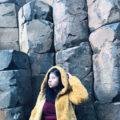
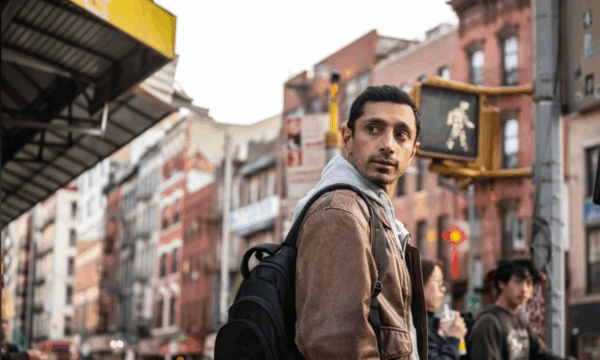
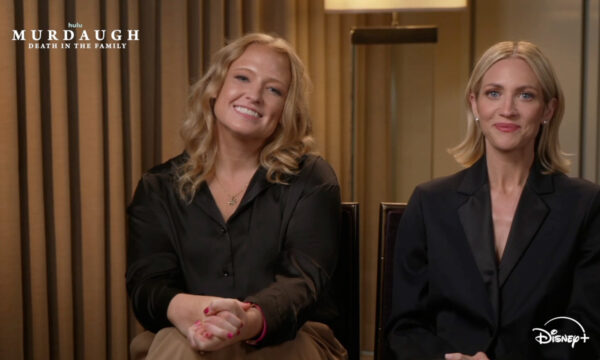
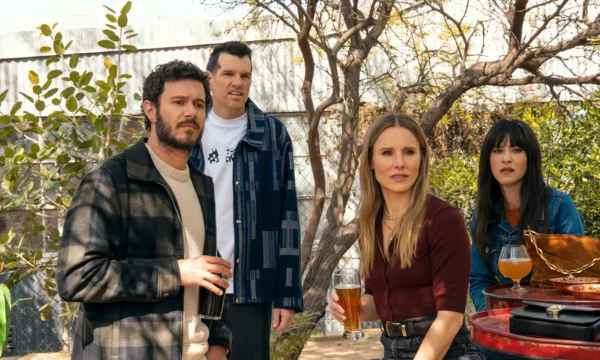

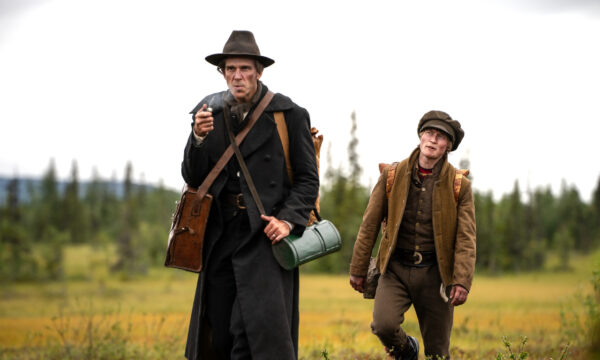
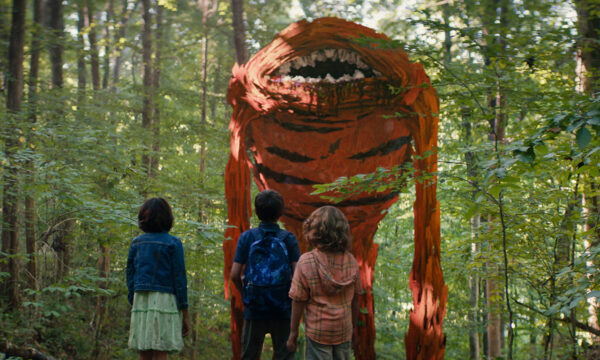
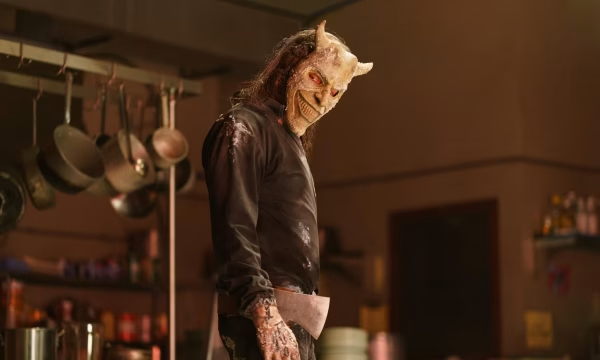
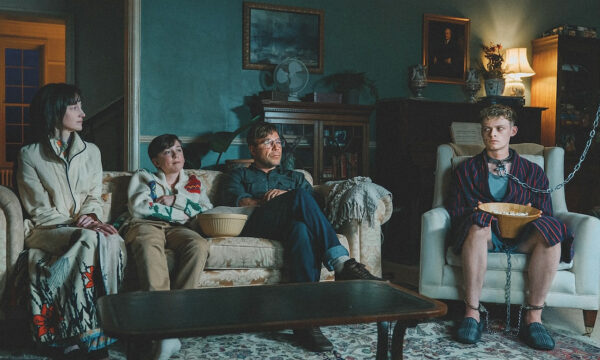
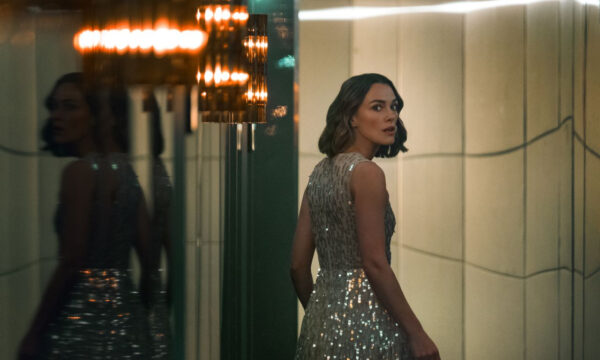

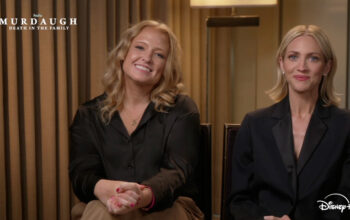

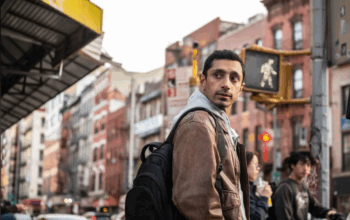
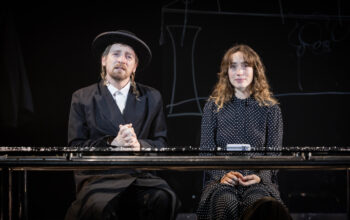
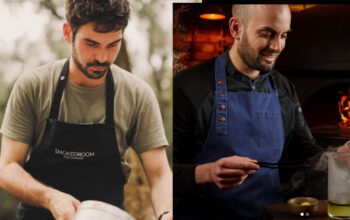









Facebook
Twitter
Instagram
YouTube
RSS